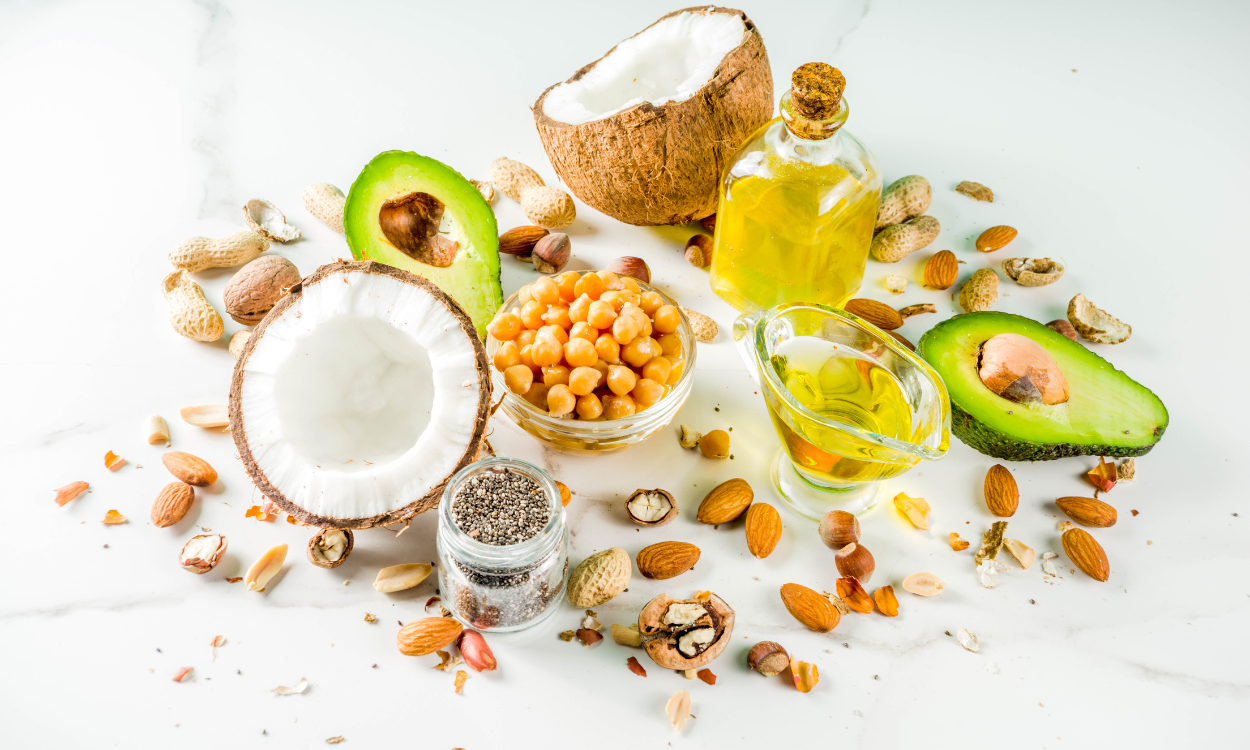Recombinant protein production in plants has gained significant interest in recent years due to its potential applications in various industries, such as pharmaceuticals and agriculture. However, the success of recombinant protein production in plants is heavily influenced by environmental factors, such as light intensity and temperature. These factors play a crucial role in regulating plant growth and metabolism, which ultimately impact the yield and quality of recombinant proteins produced. Understanding how environmental factors interact with the plant's cellular machinery is essential for optimizing recombinant protein production in plants. This article will explore the effects of light intensity and temperature on recombinant protein production in plants and discuss strategies to enhance protein yields through environmental manipulation.
Understanding the Relationship Between Light Intensity, Temperature, and Recombinant Protein Production in Plants
Light intensity and temperature have a direct impact on photosynthesis, which is the primary process responsible for converting light energy into chemical energy in plants. This chemical energy is then used to fuel the production of proteins, including recombinant proteins. Higher light intensity can increase the rate of photosynthesis and therefore provide more energy for protein synthesis, while optimal temperatures can support the proper functioning of enzymes involved in protein production. Additionally, light intensity and temperature can also affect gene expression and protein stability, further influencing recombinant protein production in plants. Overall, these factors interact in complex ways to regulate the efficiency of protein expression in plant cells.

Are there optimal ranges of light intensity and temperature that maximize recombinant protein production in plants?
Yes, there are optimal ranges of light intensity and temperature that can maximize recombinant protein production in plants. Different plant species and recombinant proteins may have varying requirements, but generally, moderate to high light intensities and temperatures within a specific range are ideal for promoting protein expression. Excessive light or extreme temperatures can cause stress to the plant and disrupt protein production, while too little light or low temperatures can slow down metabolic processes necessary for protein synthesis. Finding the right balance of light intensity and temperature is crucial for achieving optimal recombinant protein production in plants.
How do different plant species respond to varying levels of light intensity and temperature in terms of recombinant protein production?
Different plant species have varying responses to light intensity and temperature when it comes to recombinant protein production. Some plants may show an increase in protein production with higher light intensity, as photosynthesis is enhanced, providing more energy for protein synthesis. However, excessive light can also lead to photoinhibition and damage to the plant cells, negatively impacting protein production. Similarly, temperature plays a crucial role in protein production, with some plants showing optimal production at specific temperature ranges. Extreme temperatures can denature proteins and disrupt cellular processes, leading to decreased protein production. Therefore, it is essential to understand the unique responses of different plant species to light intensity and temperature in order to optimize recombinant protein production.
To what extent do external environmental factors, such as seasonality or geographical location, impact recombinant protein production in plants?
External environmental factors, such as seasonality and geographical location, play a significant role in impacting recombinant protein production in plants. Seasonal variations in temperature, humidity, and sunlight can affect plant growth and development, ultimately influencing the expression levels of recombinant proteins. Geographical location also influences the availability of resources, such as water and nutrients, which are crucial for optimal protein production. Additionally, environmental stressors, such as drought or pests, can further impact protein expression in plants. Therefore, it is important to consider these external factors when designing and optimizing plant-based expression systems for recombinant protein production.
Can manipulating light intensity and temperature be used as a strategy to enhance recombinant protein production in plants?
Manipulating light intensity and temperature can potentially be used as a strategy to enhance recombinant protein production in plants. By optimizing these environmental factors, researchers can create conditions that promote the growth and development of plant cells, leading to increased protein expression. Light intensity can affect photosynthesis and overall plant metabolism, while temperature can influence enzyme activity and protein folding. By fine-tuning these variables, it is possible to increase the efficiency of protein production in plants, ultimately leading to higher yields of the desired recombinant proteins. Additionally, these methods are cost-effective and environmentally friendly compared to traditional chemical inducers, making them an attractive option for biotechnological applications.

Are there any potential negative effects on plant health or growth associated with optimizing light intensity and temperature for recombinant protein production?
Optimizing light intensity and temperature for recombinant protein production could potentially have negative effects on plant health or growth if the chosen conditions are not within the optimal range for the specific plant species being used. High light intensity can lead to photoinhibition and damage to plant tissues, while extreme temperatures can cause stress and hinder metabolic processes essential for plant growth. Additionally, the increased energy demands of maintaining ideal light and temperature conditions could divert resources away from other important physiological functions, potentially impacting overall plant health and development. It is crucial to carefully monitor and adjust these environmental factors to ensure that they are beneficial rather than detrimental to plant growth and protein production.
Exploring the Relationship Between Environmental Factors and Recombinant Protein Production in Plants
Humidity and air quality can play a significant role in influencing recombinant protein production in plants, as they both impact the overall physiological health of the plant. High humidity levels can lead to increased moisture on the plant's surface, which may promote the growth of pathogens or decrease the efficiency of gas exchange during photosynthesis, ultimately affecting protein synthesis. Poor air quality, such as high levels of pollutants, can also stress the plant and hinder its ability to produce proteins effectively. These environmental factors can interact with light intensity and temperature to further affect protein production, as optimal conditions for photosynthesis and protein synthesis are essential for maximizing recombinant protein production in plants. By understanding and controlling these environmental variables, researchers can optimize plant growth conditions and enhance protein expression levels.
Exploring practical applications and techniques for controlling light intensity and temperature to maximize recombinant protein production in plants
Yes, there are several practical applications and techniques that can be utilized to control and manipulate light intensity and temperature to optimize recombinant protein production in plants. One common approach is to use adjustable LED lighting systems that can provide specific wavelengths and intensities of light tailored to the needs of the plant species and the desired protein expression levels. Additionally, implementing climate-controlled growth chambers or greenhouses allows for precise regulation of temperature, humidity, and CO2 levels, creating an optimal environment for protein synthesis. By carefully monitoring and adjusting these factors, researchers can enhance the efficiency and yield of recombinant protein production in plants.
The impact of environmental factors on recombinant protein production in plants
In conclusion, environmental factors such as light intensity and temperature play a crucial role in influencing recombinant protein production in plants. Optimal conditions must be maintained to ensure that plants are able to efficiently produce the desired proteins. Light intensity can affect photosynthesis and overall plant growth, while temperature can impact enzyme activity and protein folding. By carefully managing these environmental factors, researchers can enhance recombinant protein production in plants, ultimately leading to improved yields and quality of the desired proteins for various applications in biotechnology and medicine. Further research is needed to fully understand and optimize the effects of environmental factors on protein production in plants.
